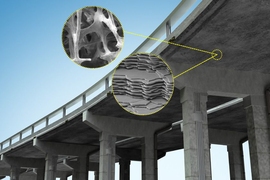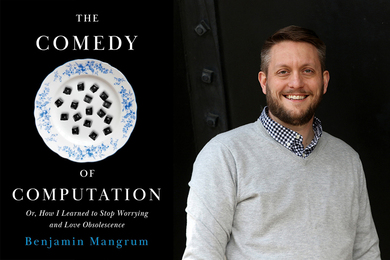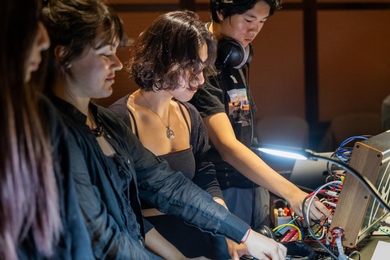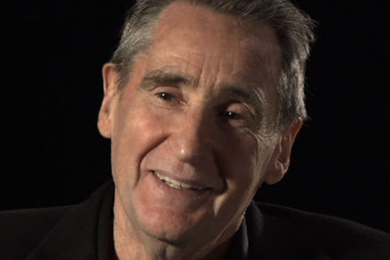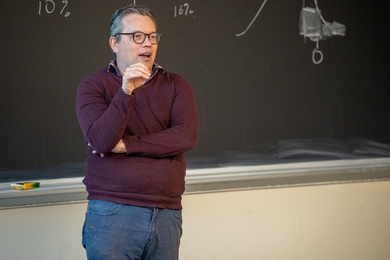Omar Swei, a PhD student in the Department of Civil and Environmental Engineering and researcher in the MIT Concrete Sustainability Hub (CSHub), has long been interested in addressing complex questions about sustainable infrastructure development in the Middle East.
Swei, who was raised outside of Boston but whose family hails from the Libyan city of Tripoli, made frequent visits to North Africa during his childhood. “Early on, my trips were marked by daily power outages in blistering heat, walks to the local bakery only to return empty handed when the latest shipment of flour had not arrived, and excruciatingly slow drives down the gravelly, winding alleyways to my grandfather’s home,” he says.
As Tripoli urbanized without what Swei describes as “careful consideration of the long-term implications of how it developed,” shortsighted planning decisions led to increases in noise, air, and water pollution.
To date, Swei's research with the CSHub has focused on developing tools that can aid in making cost-effective decisions, both in designing an individual project or maintaining a network of investments. With support from a Fulbright U.S. Student Program award, he will spend the next academic year designing a software tool to help Jordanian transportation planners optimize maintenance on the country’s state-owned highway network.
“Omar’s work has been invaluable to our team and our pavements research, especially in the space of developing more effective methods for maximizing pavement performance across networks,” says Jeremy Gregory, executive director of the MIT Concrete Sustainability Hub. “He is very deserving of this opportunity, and we’re thrilled that he will continue to add important knowledge and practical contributions to the industry through his Fulbright."
Swei said he believes his Fulbright selection is a reflection of the recognized importance of examining transportation problems both here in the U.S. and abroad.
“On the surface, the concerns Jordan faces are no different from what we find in the United States: limited transportation funds, growing maintenance needs, and increasing pressure to integrate environmentally sustainable solutions,” Swei says. “What makes Jordan unique compared to many other systems around the world, however, is the rapid growth in car ownership and increasing prioritization of public transit and rail services.”
Jordan has spent some $750 million dollars on new roadway construction since 2000. Swei contends that the country must develop effective strategies for maintaining that roadway network in the coming decades now that the system is in place. “The interesting component,” he explains, “will be tying the tool to demand models developed by urban planners in Amman to understand how the optimal allocation policy changes with proposed investments in public transit and rail.”
Swei hopes his participation in the Fulbright program, which brings together researchers from across the globe, will allow for the dissemination on a global scale of some the work CSHub researchers have conducted at MIT. “I think that a lot of the problems that the CSHub is working on are important issues to policy-makers and planners everywhere,” he says.



